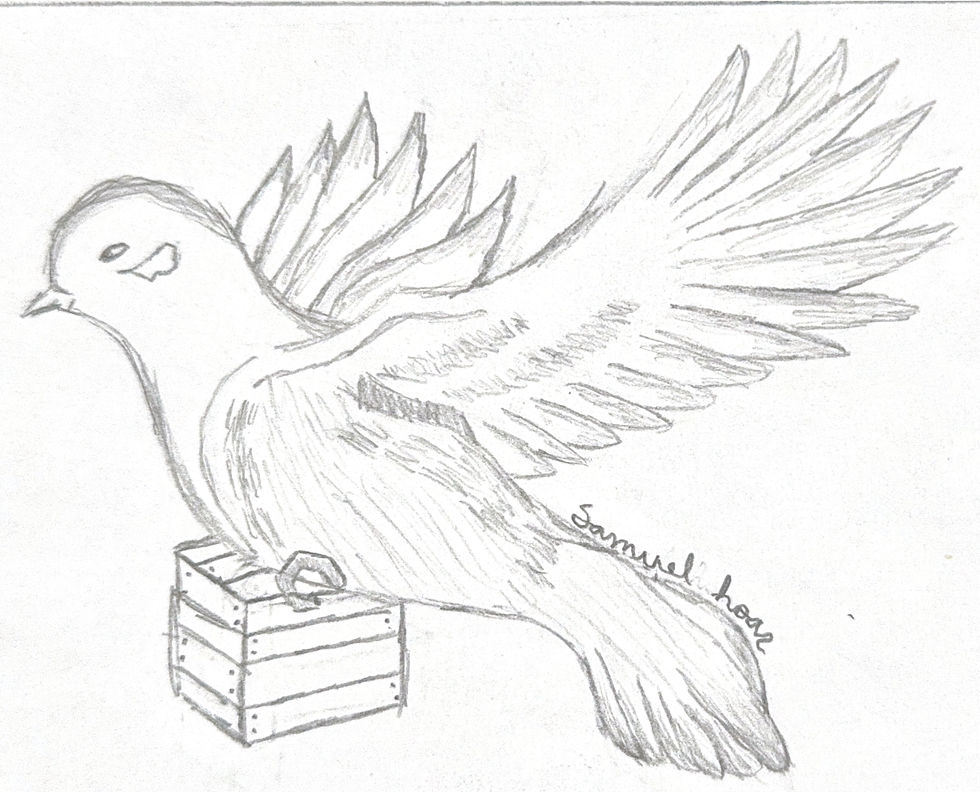“Mario Kart Live” brings racing into physical world at hefty cost
- Braeden Larson
- Oct 19, 2020
- 2 min read
With fireballs, bananas and turtle shells, the Mario Kart series of video games has often been ranked among the best racing video games ever created. Spanning 28 years, the series has in many ways defined the kart racing style of video games.
Nintendo has recently released a trailer for the 15th installment of this iconic series, “Mario Kart Live: Home Circuit.” Set to launch on Oct. 16 of this year, exclusively for the Nintendo Switch and Nintendo Switch Lite, this game will bring new, innovative functionality and style of gameplay to Mario Kart. Using augmented reality technology, “Mario Kart Live” allows players to turn the environment around them into the course they race on.
It does this through a physical remote-control kart. The kart has a camera which, while racing, streams in real-time back to the Nintendo Switch. This stream then has the other racers overlayed onto the screen, along with any other hazards or in-game features. This allows players to race across any room or environment where they might create their track.
“Considering how technology is improving so fast, it makes sense why they would make a live game mode. I think these concepts will provide a different feeling to the game and appeal to a lot of people,” said junior Jessica Niss.
Since the gameplay is directly tied to the camera on the kart, both physical and virtual hazards can affect the race depending on what the player wants. Nintendo has been meticulous in adding features from the previous games onto the new physical kart. This includes multiple speeds for 50, 100 and 150cc, powerup functionality, course hazards and even drifting.
However, this new Mario Kart concept is not without drawbacks. Due to the physical toy component, the game will cost $99.99, which is significantly more expensive than most games. In addition, the kart has a limited battery life. A potentially larger issue is that each Switch can only support one player, meaning that each additional player needs a separate copy of the game along with a separate Switch. Even with the cheaper version of the Switch, this requires each player to own around $300 worth of Nintendo products.
Potential players looking for the multiplayer gameplay from the previous installments of the series may be turned off by the apparent inconvenience and cost of multiple players.
“Personally, I would prefer the old games over this just because I grew up playing the old games,” said Niss. “A major reason I played Mario Kart was because I could do it with other people, that not being an easy option for the new version taints my view a little.”
However, this is not the first time Mario Kart has had this one player per unit concept. When the handheld aspects of the Nintendo Switch are considered, this becomes the norm for the Mario Kart series. Past games released for handheld units, including Mario Kart Super Circuit, Mario Kart DS and Mario Kart 7, all include the same concept for multiplayer gameplay.









Comments